DW: There are asteroids of different sizes, structures and materials — some are essentially metal balls and others are “gravel pits.” But let’s focus first on size: The Double Asteroid Redirection Test (DART) Mission is heading for a pair of asteroids, Didymos and its moon Didymoon. They are known as a binary near-Earth asteroid. Didymos is about 780 meters (2,559 feet) in diameter and Didymoon is 160 meters across. But it’s smaller asteroids like Didymoon that you consider a bigger threat to life on Earth than much larger asteroids. Is that right, and why?
Dr Thomas Zurbuchen: Yes, that is right. The smaller asteroids are a much bigger threat to the Earth and you can see that if you look at the moon’s “crater history” or that of our own environment. We’ve had a similar bombardment from asteroids over millions of years, but you just don’t see it because we have such an active geology on Earth.
We know of a few [larger] events such as the asteroid that wiped out the dinosaurs. That was 10 kilometers (6.2 miles) in size. That sort of asteroid will change the whole planet, or life on it, but we don’t know of any asteroid of that size today. If a 160-meter asteroid hits a city, it will a bad day for that city, but it won’t change the whole planet.
Now, we are unaware that any asteroids of that size will be a threat within the next 100 years, but, then again, we’ve only observed one-third of them.
Hold on, let’s just roll back a bit. If an asteroid lands on a city, “it’s a bad day for that city.” What’s a bad day for a city when an asteroid lands on it?
It depends on the size of the crater. As I said, the asteroid that wiped out the dinosaurs was 10 km across, but the crater it left was 100 or 200 km — ten times the size or more. So, a 160-meter asteroid would leave a crater of more than a kilometer. And if that asteroid hits a city, the crater that it creates is basically what used to be the city.
So, what’s holding us back?
Well, we’re working on it. There are observatories around the Earth, looking into the sky at night. Two of the most productive telescopes are in Hawaii, and every night they observe two to three new asteroids.
But we also need to go to space to get to 100%. We’re starting a mission at NASA called the NEO surveyor — or Near Earth Orbit Surveyor — and that will do precisely that. It will launch in a few years.
But right now, you are launching DART. Tell us about this idea of inflicting a “kinetic impact deflection” on Didymoon at a speed of 6.6 km/s. That, as I understand it, will nudge the asteroid just enough to change its orbit by a couple of minutes. Would that be enough to stop an asteroid hitting Earth?
As so often, it depends on a few variables. First, it depends on how early we observe the asteroid before impact. The earlier we observe it, the smaller the deflection — the less we’ll have to get out of what we call the “keyhole,” or danger zone.
Second, it depends on the mass of the asteroid. We want to change its velocity, and the ratio between the mass of the asteroid and the spacecraft is important for that. And third, the asteroid’s orbit matters — you want to do a head-on collision to use the energy of the asteroid. So, it all depends. But that is precisely why we are testing this technology, because all those variables are unknowns at this point.
What distances are we talking about and how early is “early”?
Ideally, we want to know about asteroids years out. The simple reason being that we need to launch a mission and get it into orbit. Or we could have a technology in space and ready to go. Generally, we can calculate the chances of an object hitting Earth on a timescale of 10, 20 or even 100 years. But if it’s weeks or a month out, it’s going to be difficult to use this technology.
And at what distance?
A lot of these objects are within a sun-Earth distance. (Ed.: 149,600,000 kilometers (km) or 92,900,000 miles) or more than that. It could be anywhere from a Mars orbit or beyond and all the way to the Venus. It’s that whole range.
And how do the Europeans come into it? They’re launching their part of the mission, the HERA probe, in 2024.
So, DART will impact the asteroid, impart momentum, and create a crater. ESA’s HERA probe will then investigate the crater and work out why our impact created the momentum and crater that it did.
Because there are different types of asteroids…
If an asteroid is a metal ball, you can understand the momentum transfer with entry-level physics — that’s mass times velocity. But if it’s a gravel pit, it’s a different calculation. So, the Europeans will help us with a lot of the underlying science.
They are also working on a forward-thinking project that would park a technology in space so it’s ready to go and would mean that we wouldn’t have to launch an impactor from Earth.
How healthy is support for planetary defense? I mean, we face climate change on a less-than-decades timescale, as opposed to the centuries-timescale that asteroids present. Do you have the support you need, or are there people saying, “Let’s see whether we have a planet to save in 100 years” before we work out how to save it from asteroids?
At NASA, we feel we should support research at various timescales. Think about these numbers: There’s a proposed budget for Earth science, which is at the center of the climate crisis, of $2.5 billion per year. The planetary defense budget right now is $150 million per year. But if a threat arises, we will increase that budget.
I have children. I will do everything I can to make sure the Earth is healthy in 100 years. And that’s why we’re committed to climate science but at the same time we want to look at threats that are less imminent and build the tools so that we have them should the threat arise.
Space is a common thing that we all use, and we need to be able to depend on that. The Europeans are our main partners in this, but we could easily imagine working with others. Global challenges require global collaboration.
Dr. Thomas Zurbuchen is an Associate Administrator at NASA’s Science Mission Directorate.
Zulfikar Abbany conducted the interview.
NASA’s DART: ‘If an asteroid hits a city, it’ll be bad’
Source: Pinoy Pop News
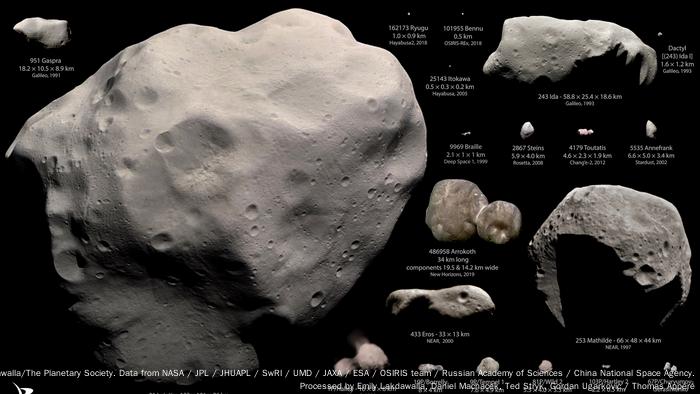
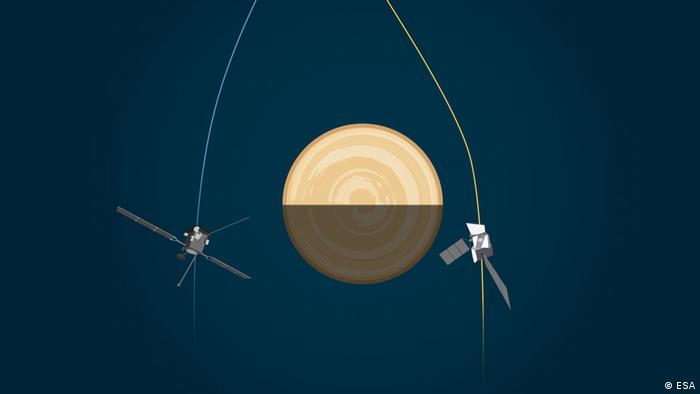
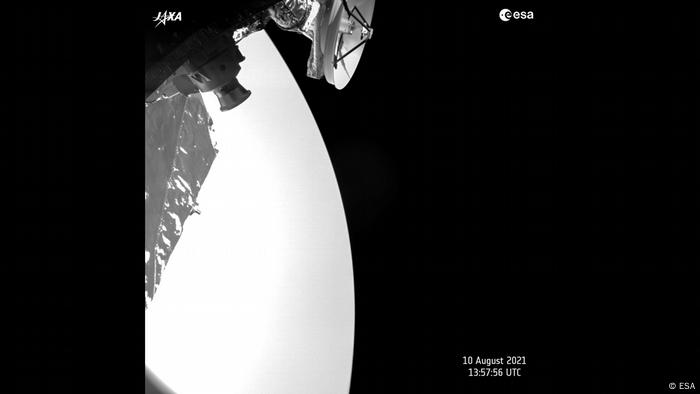
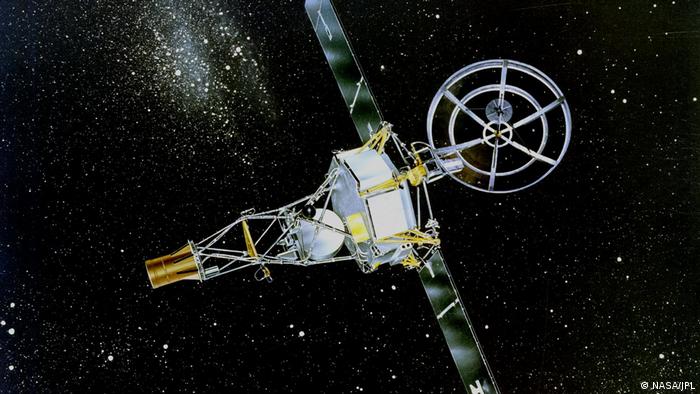

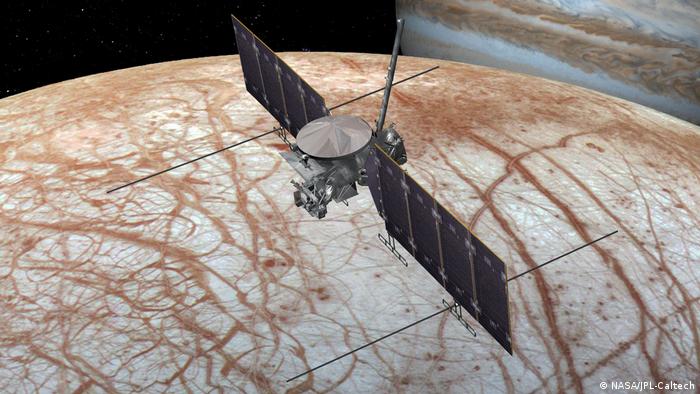

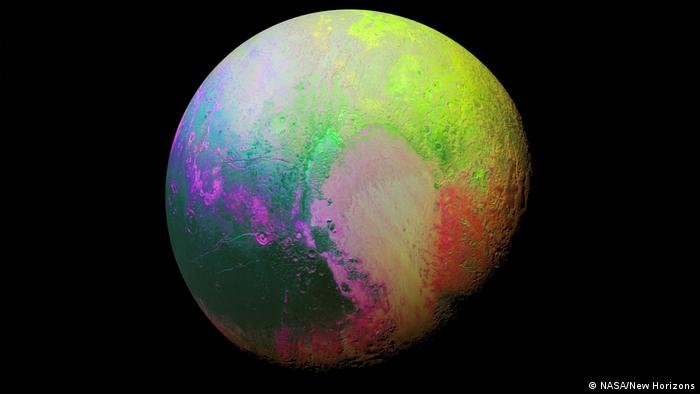
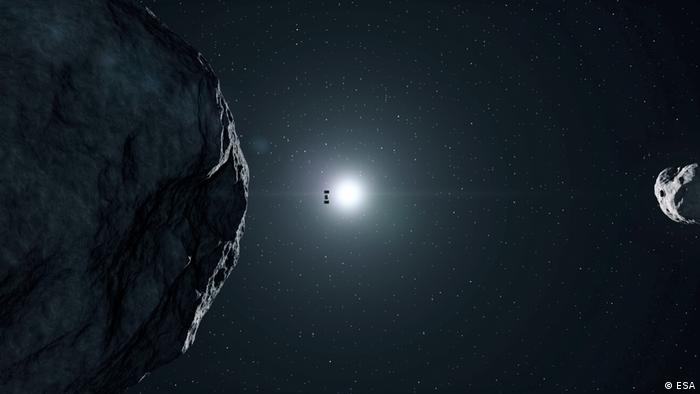
0 Comments